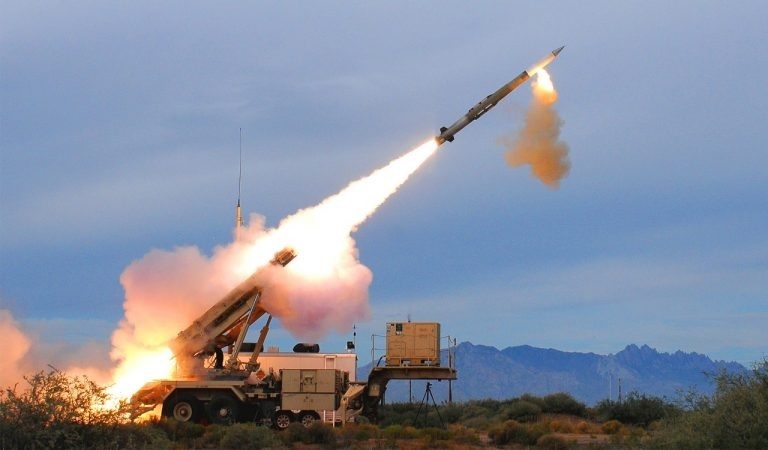How the Next-Gen Akashteer System Enhances India's Air Defence Strategy

India's pursuit of modern air defence has taken a giant leap forward with the development of the next-generation Akashteer Command and Control System. As threats to national security evolve, especially with the proliferation of fast-moving aircraft, drones, and advanced missiles, the Akashteer system brings forth a new era of air defence technology.
The Akashteer is not just another addition to India’s defence arsenal. It represents a sophisticated integration of sensor fusion and automated command functions designed to respond to the challenges of modern warfare. By combining data from Indian Army Air Defence (AAD) and Indian Air Force (IAF) sensors, Akashteer can create a unified, real-time air picture. This seamless integration significantly improves situational awareness across the defence network, ensuring every threat is detected and assessed quickly and efficiently.
One of the standout features of Akashteer is its use of automation. As aerial threats become more agile and faster—some capable of moving at supersonic speeds—speedy data processing and minimal human intervention are crucial. Akashteer automates the identification and prioritization of targets, allowing immediate and precise responses. This automation extends to engagement decisions, ensuring that high-speed aircraft or drones cannot exploit delays in human reaction times.
Moreover, Akashteer’s architecture has been specifically tailored for operations along India's sensitive borders, like those with Pakistan and China. By decentralizing the authority to engage targets, the system empowers frontline units with more autonomy while simultaneously safeguarding against errors like friendly fire. This feature ensures a balanced approach, where engagement decisions are both swift and strategically sound.
Communication is another critical aspect that Akashteer addresses robustly. In an era where electronic warfare and jamming are constant threats, the system ensures uninterrupted command communication through advanced redundancy measures. It is capable of operating effectively even in electronic warfare-heavy environments, thus maintaining a steady command chain under extreme conditions.
From a strategic deployment standpoint, the Akashteer system exhibits impressive flexibility. It can be stationed on mobile platforms to support advancing strike formations or as hardened installations for defensive purposes. This adaptability allows for varied defensive tactics and ensures the system is effective across different operational scenarios.
As for its deployment timeline, India has already delivered 107 of the planned 455 Akashteer units, with another 105 expected by March 2025. Full deployment is anticipated by 2027, showcasing India’s determination to rapidly bolster its air defence infrastructure. This phased rollout is a clear indication of the system's critical role in national defence.
The Akashteer system is more than a technological marvel; it marks a comprehensive shift in how India prepares for and counters aerial threats. By providing a multidimensional view of the airspace and automating key functions, Akashteer not only enhances the military's strategic planning but also improves tactical response times. Its deployment is a testament to India’s commitment to advancing its defence technology, keeping pace with regional and global security dynamics.
Sources for this information include key defence industry updates and Indian defence publications, reflecting the latest specifications and strategic implications of the Akashteer system.

